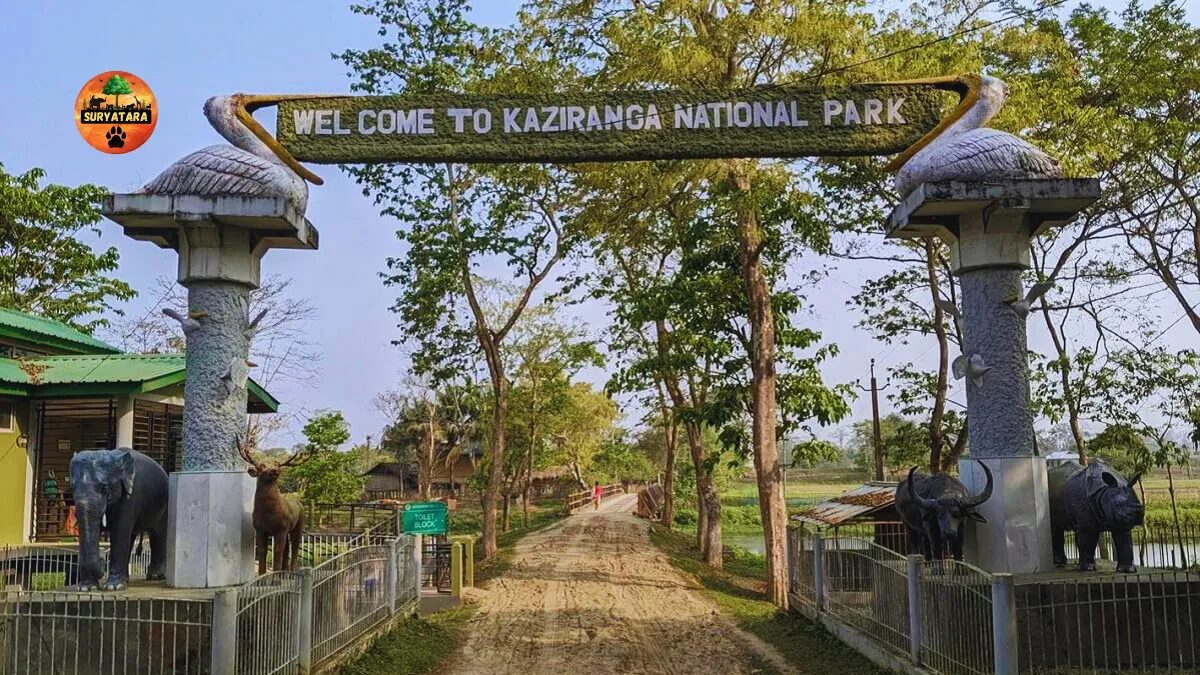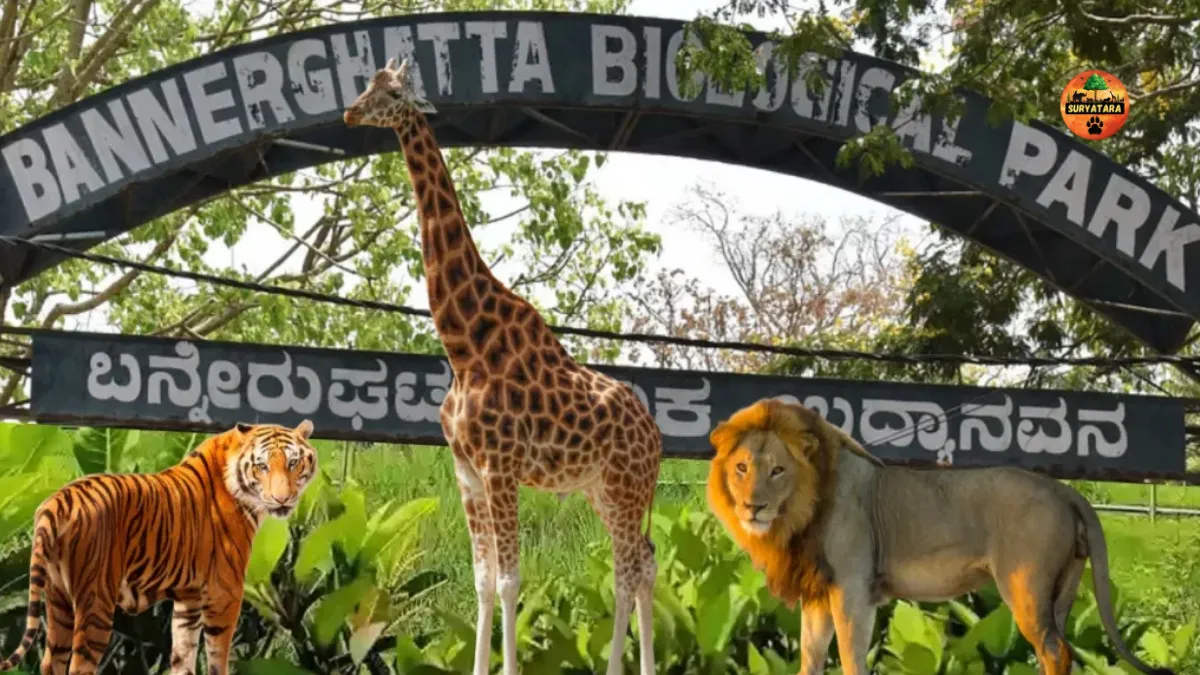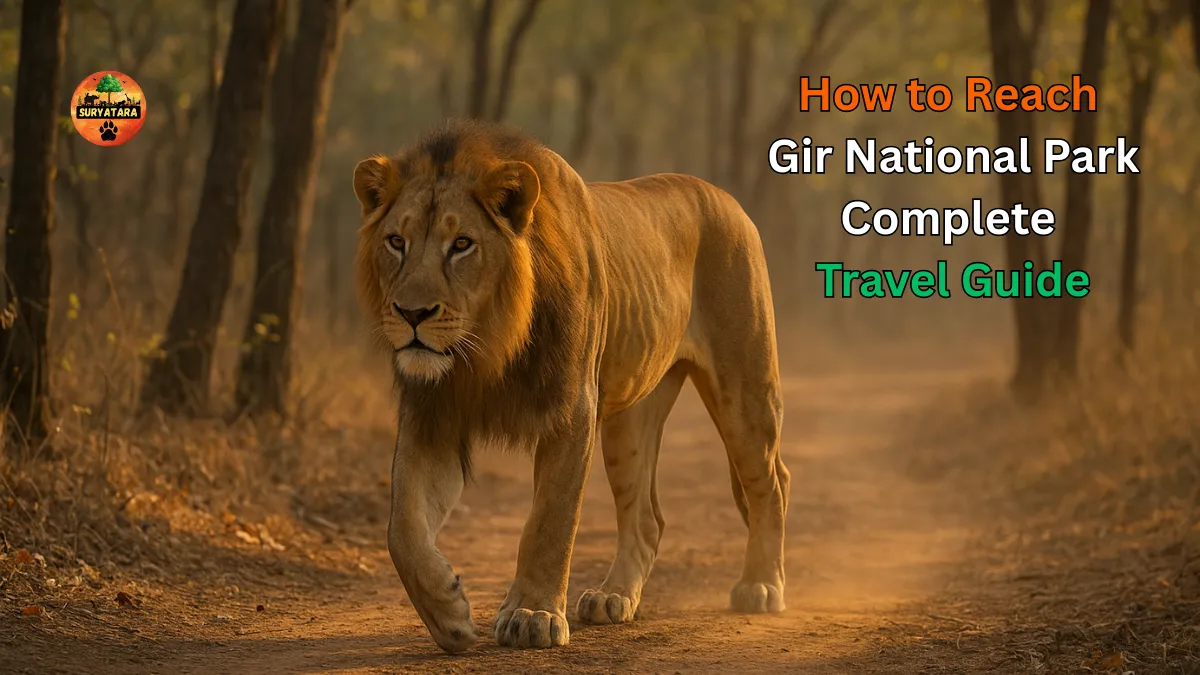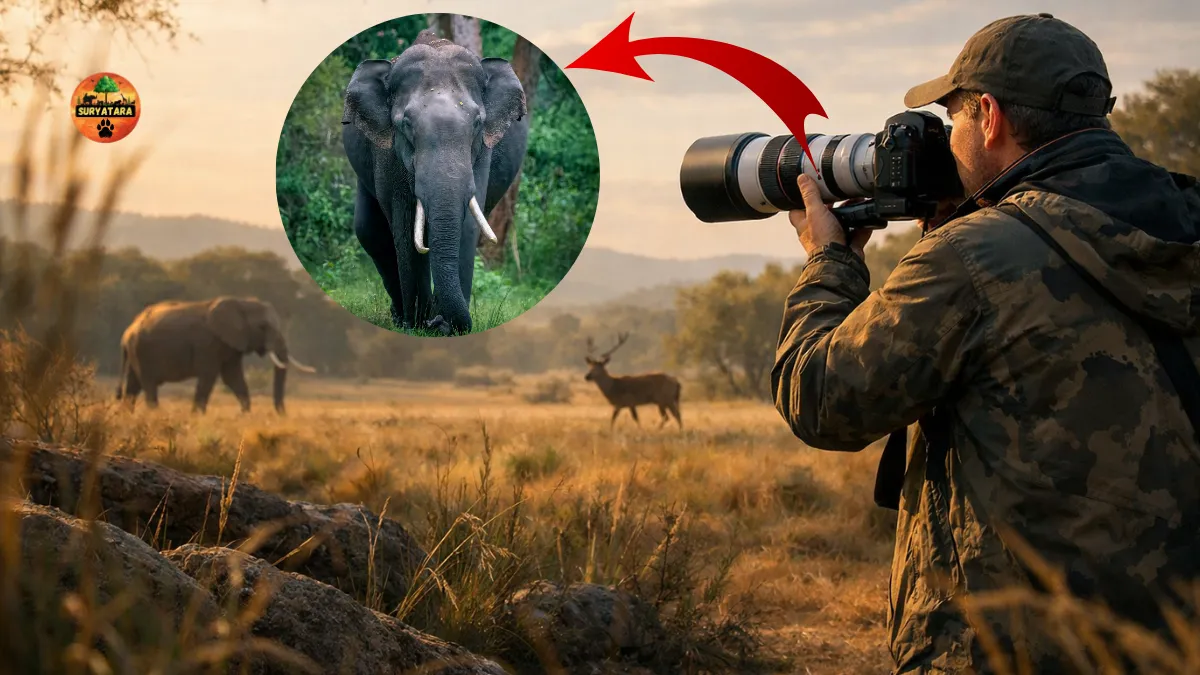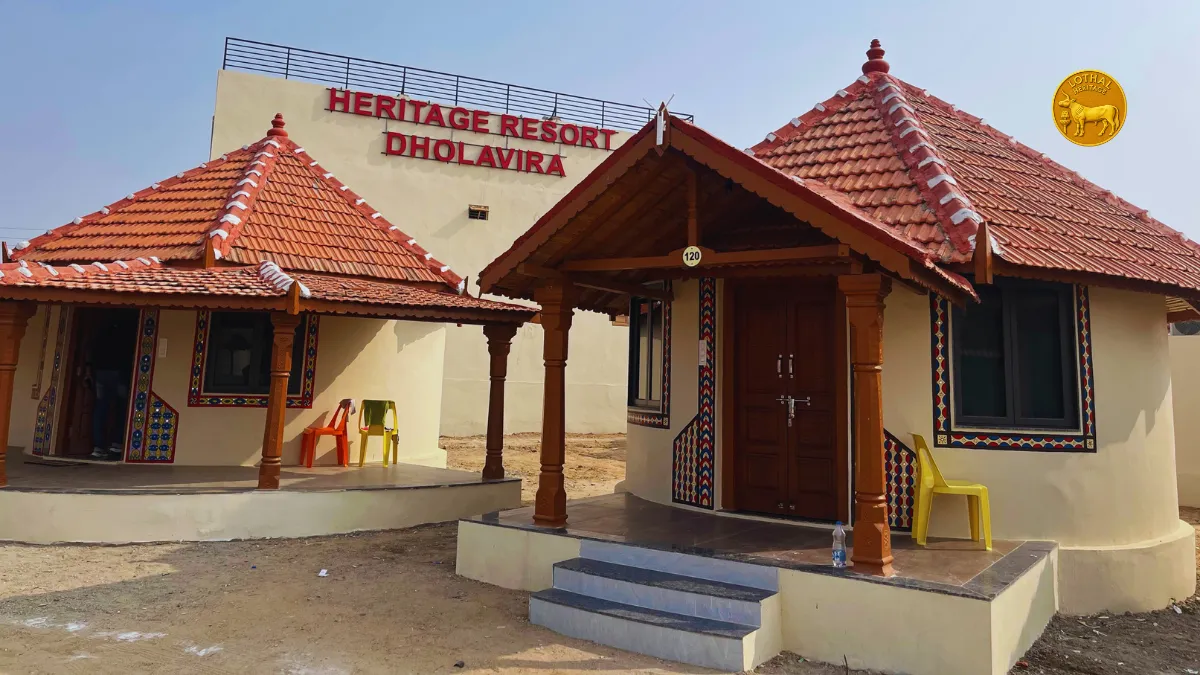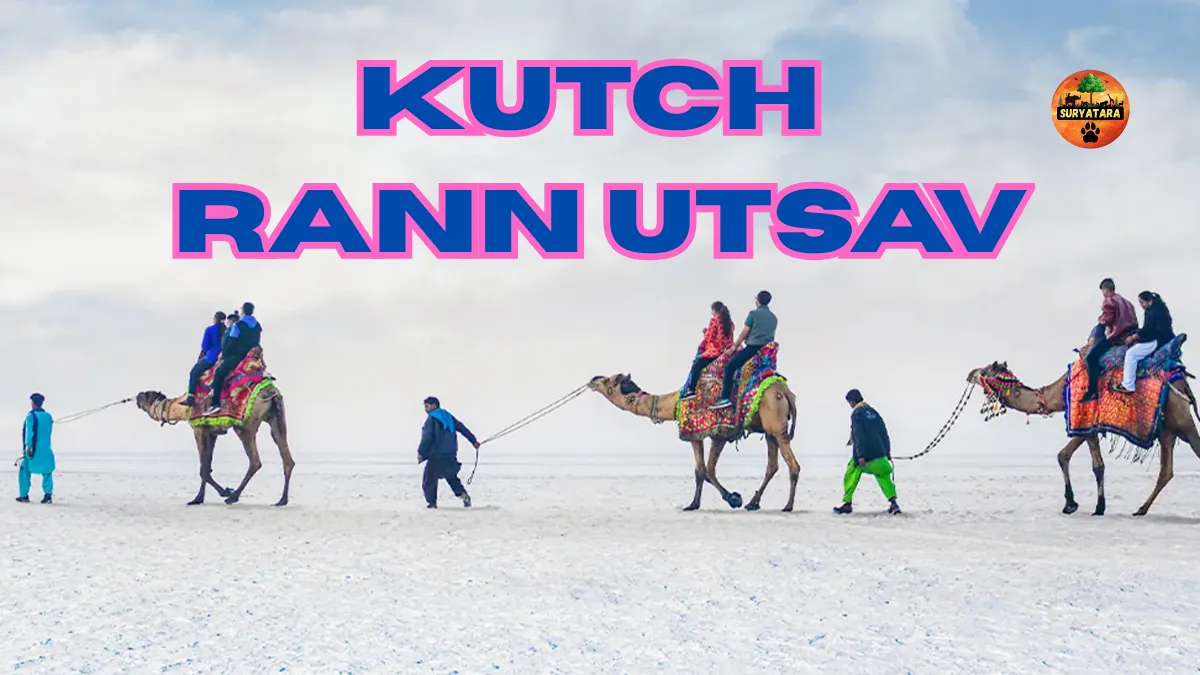Kaziranga National Park is one of India’s most iconic wildlife sanctuaries, renowned globally for its success in conserving the endangered one-horned rhinoceros. Located in the northeastern state of Assam, this UNESCO World Heritage Site is a living example of how conservation and tourism can go hand in hand to preserve nature’s marvels.
Nestled between the floodplains of the mighty Brahmaputra River, Kaziranga is not just about rhinos—it’s a treasure trove of biodiversity. Whether you’re a wildlife enthusiast, a birdwatcher, or simply a nature lover, Kaziranga offers an unforgettable experience of India’s wild heart.
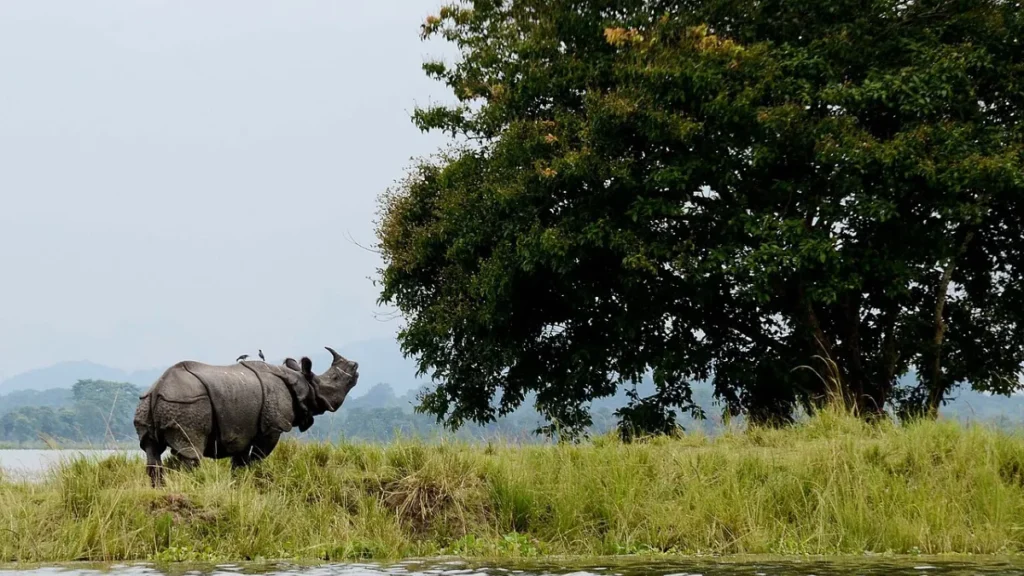
Why Kaziranga National Park is So Famous
Kaziranga National Park is internationally acclaimed for being home to the largest population of the Indian one-horned rhinoceros. With more than 2,600 rhinos, it accounts for over two-thirds of the world’s total population of this endangered species.
But the park’s biodiversity goes far beyond just rhinos. It’s also recognized as a Tiger Reserve and supports one of the highest densities of tigers among protected areas in the world. Elephants, wild water buffaloes, swamp deer, and a rich variety of birds make Kaziranga a thriving wildlife habitat.
The park’s location along the Brahmaputra River also makes it a dynamic ecosystem with seasonally shifting landscapes, wetlands, and grasslands—making it a hotspot for migratory birds and aquatic species.
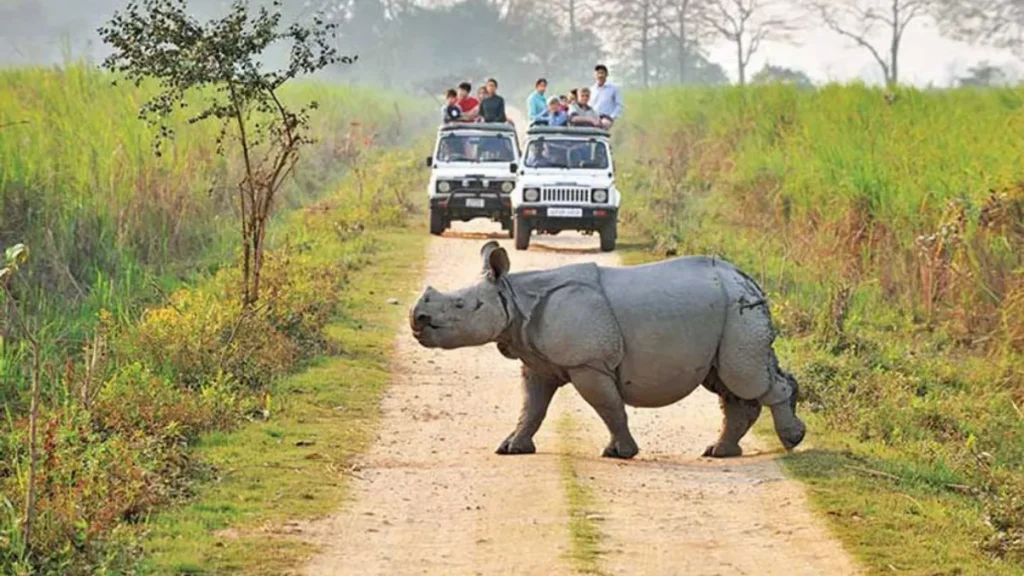
Key Details About Kaziranga National Park
Here’s a quick snapshot of the most important facts about Kaziranga National Park:
| Feature | Details |
|---|---|
| Location | Golaghat and Nagaon districts, Assam, India |
| Established | 1905 (Declared a National Park in 1974) |
| UNESCO World Heritage | Designated in 1985 |
| Area Covered | Approx. 1,090 square kilometers |
| Best Time to Visit | November to April |
| Famous For | One-horned rhinoceros, tigers, elephants, bird species |
| Safari Options | Jeep Safari, Elephant Safari |
| Nearest Airport | Jorhat Airport (approx. 97 km) |
| Nearest Railway Station | Furkating Junction (approx. 75 km) |
Wildlife Diversity in Kaziranga National Park
Kaziranga is often referred to as the Serengeti of the East due to its sheer variety of wildlife. Besides the famed one-horned rhinos, here are some key species you can spot:
- Mammals: Royal Bengal Tiger, Asian Elephant, Swamp Deer, Wild Water Buffalo, Sloth Bear, Leopard
- Birds: Greater Adjutant Stork, Pallas’s Fish Eagle, Indian Roller, Pelicans, Hornbills, and many migratory birds
- Reptiles: Indian Python, King Cobra, Monitor Lizards, and various turtles
The presence of such a diverse range of species is what makes Kaziranga National Park an ecological paradise and an essential destination for conservation studies.
Safaris and Eco-tourism Activities
Kaziranga offers visitors two main types of safaris:
- Jeep Safari – Ideal for those who wish to explore deeper areas of the park. Conducted in early morning and late afternoon shifts, this is the most popular mode.
- Elephant Safari – A unique and thrilling experience that takes you up close with wildlife, especially the rhinos, during early morning hours.
Additionally, boat rides on the Brahmaputra, nature walks in buffer zones, and village eco-tours add immense value to the Kaziranga experience.
Best Time to Visit Kaziranga National Park
The park remains closed during the monsoon months (May to October) due to flooding from the Brahmaputra. The best time to visit Kaziranga is from November to April, when the weather is pleasant and wildlife sightings are frequent.
In the winter months, migratory birds also arrive, making it a paradise for birdwatchers. If your interest lies in photography or observing animals in dry grasslands, February to April is especially rewarding.
Conservation Success and Global Recognition
Kaziranga National Park is often cited as a global conservation success story. Once facing severe threats due to poaching and habitat loss, today it is a shining example of how coordinated efforts by the government, local communities, and international organizations can protect wildlife.
In 2006, it was also declared a Tiger Reserve, further strengthening its conservation status. Anti-poaching measures, strict surveillance, and community awareness programs have significantly reduced illegal activities in recent years.
Also read: Jim Corbett National Park Ticket Price Chart with Safari Zone Details & Booking Tips
How to Reach Kaziranga National Park
Kaziranga is well-connected by road and lies along National Highway 37. Here’s how you can reach:
- By Air: The nearest airport is Jorhat Airport, around 97 km away.
- By Rail: The nearest railway station is Furkating Junction, around 75 km away.
- By Road: Regular buses and taxis are available from Guwahati, Tezpur, and other cities in Assam.
Once there, numerous eco-lodges, resorts, and guest houses cater to tourists looking for comfort amid nature.
Also read: Manas National Park: A UNESCO World Heritage Wildlife Paradise in Assam
Conclusion: Why You Should Visit Kaziranga National Park
Kaziranga National Park is more than just a destination—it’s an experience. It brings you face-to-face with rare and majestic creatures in their natural environment and instills a sense of wonder and respect for nature. Whether you’re a wildlife photographer, conservationist, or a traveler in search of raw natural beauty, Kaziranga promises something unforgettable.
If you want to witness India’s wild soul, Kaziranga National Park should be on your travel bucket list.
